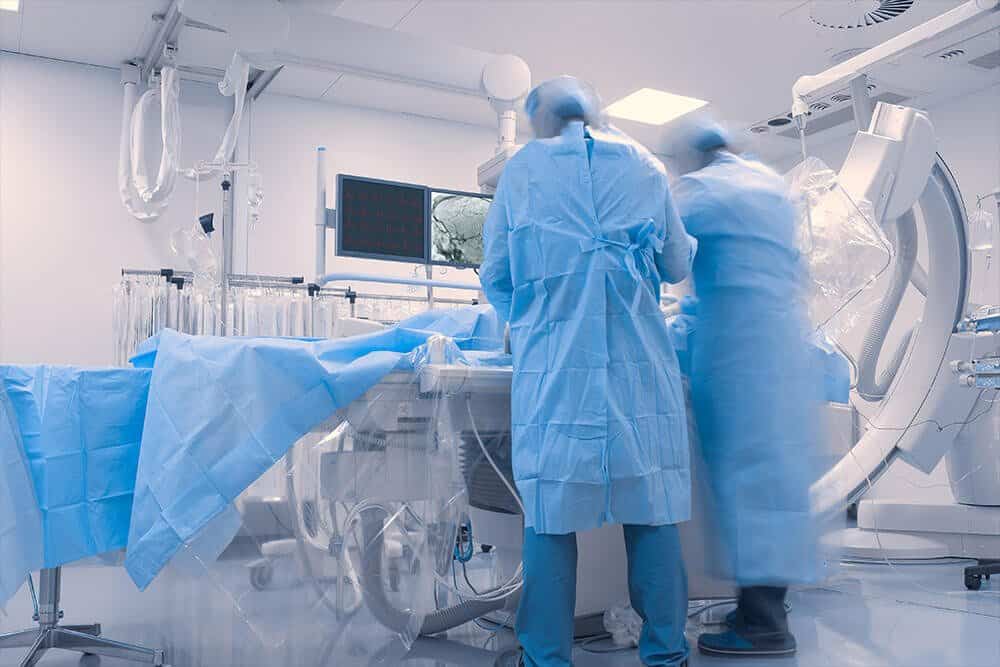A new medical technology called 3D C-arm and spinal navigation, designed to help physicians perform corrective surgery with more accuracy and better outcomes, has successfully treated a 14-year-old girl born with scoliosis.
Scoliosis is a sideway curvature of the spine, which can also cause breathing issues. After Disha turned 10, her deformity became more noticeable, also creating a discrepancy in the length of her legs. Arvind G. Kulkarni, head of Spine Scoliosis and Disc Replacement Center at Bombay Hospital, stated that Disha’s 12th thoracic vertebra was half its normal size, causing “problems in breathing, as the area in the rib cage region was confined drastically.”
While surgery remained the only viable option, the doctors chose to utilize the new technique, which creates a virtual image of the curved spine on a screen—and thus optimizes the placement of the pedicle screws and rose with almost 100% accuracy. “The use of neuromonitoring as well as spinal navigation increases the safety of deformity surgery, thus minimizing the risk of spinal cord damage.” Through the use of spinal navigation and neuromonitoring, the surgeons were able to make the deformity correction surgery both more effective, and safer.
Neuromonitoring can benefit patients and surgeons during certain procedures; namely, any surgery where there is risk to the nervous system. Through the use of electrophysiological methods to monitor ‘the functional integrity’ of certain neural structures during surgery, neuromonitoring reduces the risks to the patient, and also provides functional guide to the surgeon. Other medical centers like Penn Medicine have further utilized new technologies to support careful diagnosis and complex treatments, including whole spine imaging technology, which uses five times less radiation than a conventional X-ray.
The uses of these new imaging systems allows for 3D X-rays of the entire body, which produces better imaging for surgery planning, and simultaneously leads to fewer complications and improved surgical outcomes.




